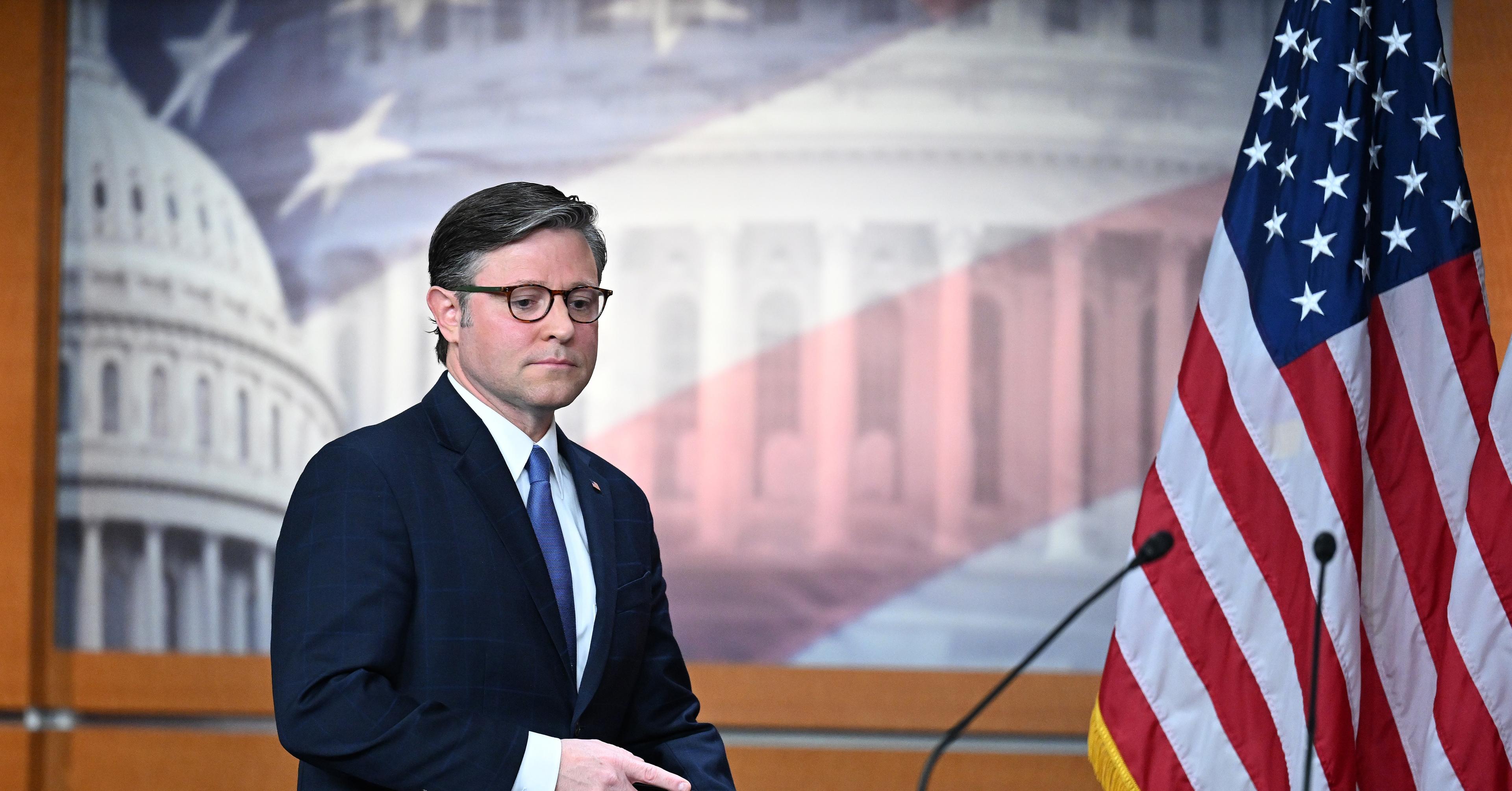Biden has a Plan B for student debt. Will it survive the Supreme Court?


For as long as he’s been president, Joe Biden has been vexed by student loans.
His primary opponents pushed him to endorse mass loan forgiveness legislation during the 2020 campaign, then pressured him in the days after the election to wipe out hundreds of billions of dollars in debt with the stroke of his executive pen.
After years of back-and-forth deliberations, he finally announced an enormous loan forgiveness initiative last year, only to have the Supreme Court declare it unconstitutional.
Meanwhile, as the pandemic stretched for months and then years, he extended the moratorium on loan payments seven times, until congressional Republicans used the threat of financial armageddon to force the collection system back into operation, even as they under-funded the federal agency responsible for collections. Only weeks after payments became due again in October, the Department of Education levied stiff financial penalties on student loan servicers for bungling the job.
But Biden is not giving up. On Monday, the Department of Education announced new plans to forgive billions of dollars in loans held by struggling borrowers. If it works, people who have spent decades under the yoke of monthly payments will finally be free of their obligations. The question is whether the Supreme Court will once again blow up Biden’s loan forgiveness ambitions before they leave the ground.
Biden’s first loan forgiveness initiative would have forgiven $10,000 from nearly every federal student loan, and up to $20,000 for low-income borrowers. The Court ruled that the plan was too big — “staggering by any measure,” in the words of Chief Justice John Roberts — and was not based on clear legal authority provided by Congress. The new Biden forgiveness plan is based on a different federal law, the Higher Education Act, and — since the Court’s six-member conservative majority made clear that any attempt to simply replicate the original plan was doomed to fail — it’s less sweeping than its predecessor.
Rather than provide the same benefit to every borrower regardless of circumstance, Biden’s Plan B targets specific groups of borrowers who are especially in need and shapes their relief accordingly. They fall into four categories:
People who owe more money than they originally borrowed, due to accumulating interest charges. Some or all of that excess amount would be forgiven. The principal itself would stay on the books, but borrowers would be allowed to go back to the starting line and begin paying their principal balances down. People who have owed payments on their loans for more than 25 years. These balances would be totally wiped clean. Private lenders routinely write off loans they know will never be repaid; this would amount to the Department of Education doing the same. People who qualify for forgiveness under existing federal programs that benefit longtime borrowers and public servants, but have never applied for relief. Existing law allows people who work for the government or in the nonprofit sector to have their loans zeroed out after 10 years of payments, but it has been very difficult for many people to overcome bureaucratic hurdles to forgiveness. People who took out loans to enroll in job-oriented programs that left them with heavy loan burdens and few prospects to start a well-paying career. Many — although by no means all — such programs were offered by for-profit colleges. Those loans would also be wiped out.Notably, the Department of Education included people who took out federal loans through private banks as candidates for loan forgiveness, a group that was cut out of the previous Biden plan. The Department also proposed developing a fifth category of borrowers experiencing “financial hardship” and released a white paper exploring what that phrase might mean. The potential ideas range from having significant medical or child care expenses to dropping out of college, going bankrupt, being old, and points in between.
Even if everything goes according to plan, it will take some time to implement the new Biden loan plan. The Department of Education is still in the middle of a lengthy, technically complicated rulemaking process that will require a lot of meetings, opportunities for public comment, responses to the public comment, and so forth. That won’t conclude until well into 2024, and forgiveness wouldn’t occur until 2025.
There’s a significant likelihood, however, that everything won’t go according to plan. The Supreme Court looms over the whole process like an angry pantheon of debtor-hating deities. Is “make interest payments for a while and then have the whole principal forgiven” literally the way Justice Clarence Thomas financed the purchase of a $267,230 recreational vehicle? Apparently! Will he feel some obligation to approve the same deal for millions of struggling college students? Maybe not!
The Department of Education is clearly trying to craft a legally defensible loan scheme. The challenge is that the legal theory it’s defending against, the so-called “major questions doctrine” prohibiting the executive branch from implementing expansive new interpretations of federal statute, was fabricated from whole cloth by the Court’s conservative majority just last year. The Department is acting in the spirit of the doctrine by limiting forgiveness to “certain limited circumstances,” per Roberts’s majority opinion striking down the original Biden plan. But opponents will likely argue that by explicitly creating forgiveness plans for certain groups of borrowers, like public servants, Congress was implicitly limiting the Department of Education’s authority to unilaterally extend relief to anyone else.
So if you have a student loan and haven’t started making payments, you should, particularly if you don’t make a lot of money and qualify for the brand-new SAVE program, which limits monthly payments to a small percentage of your discretionary income, doesn’t allow interest charges to accumulate on top of principal, and forgives some smaller loans in as little as 10 years.
The new Biden plan also marks the end of true mass student loan forgiveness as a viable policy, at least for a while. The journey of “forgive all the loans” from fringe sentiment to a widely accepted part of the Democratic Party’s domestic policy agenda was a genuine triumph of grassroots activism, and might have succeeded if conservatives hadn’t gained a commanding majority on the Court.
Even in its more limited form, the Biden loan forgiveness agenda is far more expansive and expensive than anything that seemed possible even a few years ago. But the Supreme Court decision means the administration has had to make hard choices about who deserves student loan forgiveness — and, therefore, who does not. And absent a string of Democratic election victories shifting the balance of power in Congress, new loan forgiveness plans will require assent from six judges who have so far proved hostile to the cause.
NDMA dispatches 27th aid consignment for Palestinians
- 17 hours ago
What is going on with Trevon Diggs and the Dallas Cowboys?
- 6 hours ago
NFL playoff-clinching scenarios: Which teams can secure a berth in Week 16?
- 6 hours ago

You need to listen to Sudan Archives’ violin opus for the club
- 7 hours ago

Everything is a mockumentary now, thanks to Rob Reiner
- 5 hours ago

The low, low cost of ending extreme poverty
- 5 hours ago
India summons Bangladesh envoy over security concerns in Dhaka
- 19 hours ago

The global shadow economy behind Trump’s latest move on Venezuela
- 5 hours ago

Inside the high drama of the iPhone 4
- 7 hours ago
Pakistan Navy launches fourth Hangor Class submarine 'Ghazi' in China
- 15 hours ago

Tremors felt in Balochistan's Barkhan district
- 18 hours ago

Met Office forecast rain, snowfall from Dec 20
- 16 hours ago







